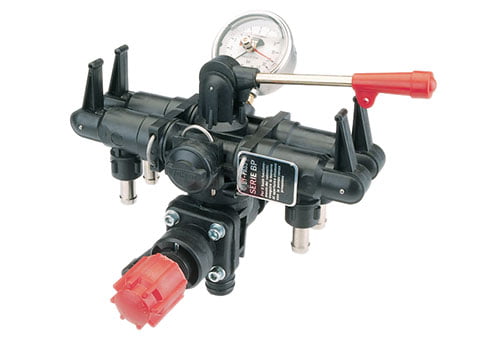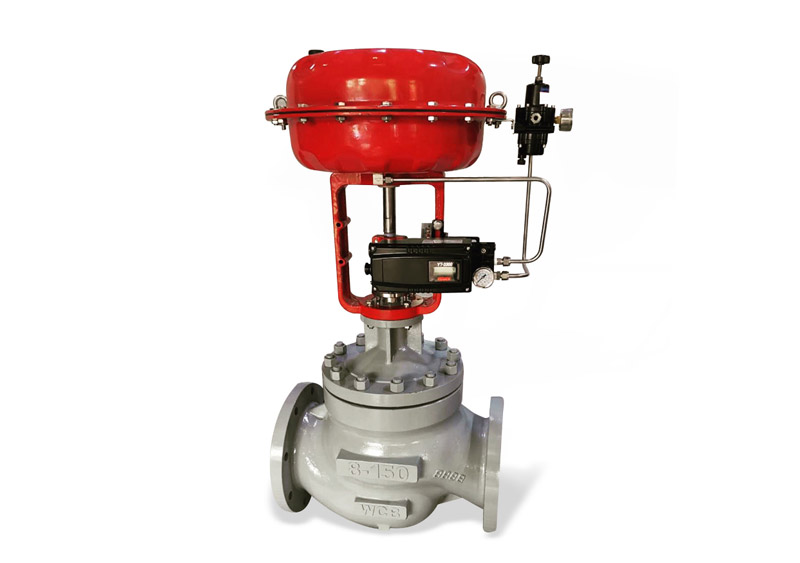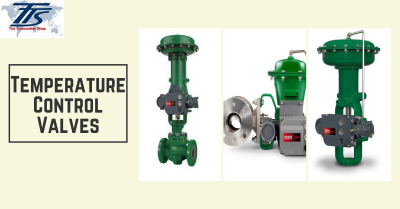Exploring the Capability of Modern Control Valves in Industrial Applications
Exploring the Capability of Modern Control Valves in Industrial Applications
Blog Article

Maximize Energy Cost Savings and Comfort With Advanced Structure Automation Controls
In the world of contemporary style and facility monitoring, the integration of sophisticated building automation manages stands as a critical development. By using the power of automation, structures can adapt, respond, and develop in means that were once unthinkable.
Power Efficiency Advantages
Power performance advantages can significantly decrease power intake and operational costs in buildings. By implementing energy-efficient methods and modern technologies, building proprietors and operators can accomplish significant savings while likewise contributing to environmental sustainability. Among the primary advantages of enhancing power performance in buildings is the reduction of utility expenses. Energy-efficient systems, such as innovative structure automation controls, can optimize making use of resources like home heating, lights, and air conditioning, causing reduced power expenditures gradually.
In addition, improved energy performance can extend the life expectancy of building tools and systems. By running extra successfully, HVAC systems, lighting fixtures, and various other structure components experience less wear and tear, resulting in reduced maintenance and replacement expenses. Furthermore, energy-efficient buildings commonly regulate greater residential or commercial property values and rental prices, giving lasting economic benefits to proprietors.
Moreover, energy effectiveness can improve resident convenience and productivity. Appropriately regulated indoor environments with optimal lighting and thermal problems create an even more conducive and enjoyable work space, resulting in boosted worker satisfaction and performance. Generally, the power effectiveness advantages related to advanced building automation controls are complex, encompassing cost financial savings, ecological stewardship, and occupant wellness.
Improved Convenience Control
Enhancing comfort control in structure atmospheres needs an advanced integration of advanced automation systems for optimal occupant well-being. By utilizing innovative structure automation controls, facilities can tailor the indoor environment to satisfy the details needs and preferences of occupants. control valves.
Enhanced comfort control surpasses standard temperature modifications. It consists of features such as tailored setups, occupancy sensors, and natural light use to produce a dynamic and responsive atmosphere. By incorporating these innovative controls, structures can not only boost comfort but additionally improve power effectiveness by optimizing system procedures based on real occupancy and usage patterns. Inevitably, prioritizing owner convenience through innovative automation systems causes a more delightful and much healthier indoor environment.
Functional Efficiency Improvements

Additionally, the implementation of real-time tracking and analytics tools enables structure operators to determine power inadequacies and operational abnormalities immediately. By constantly keeping track of energy usage patterns and system efficiency metrics, adjustments can be made in real-time to optimize power consumption and guarantee peak functional performance. control valves. Additionally, integrating need feedback strategies into building automation controls can additionally boost functional efficiency by dynamically adjusting energy usage based upon grid problems and pricing signals
Indoor Climate Optimization
Effective interior environment optimization is a fundamental element of structure automation controls, ensuring passengers' convenience and well-being while taking he has a good point full advantage of power financial savings. By utilizing advanced sensors and controls, developing automation systems can continually adjust and keep track of temperature, humidity levels, air high quality, and ventilation to develop an optimum interior setting. Maintaining consistent and comfortable conditions not just boosts occupant fulfillment but likewise boosts efficiency and total well-being.
Interior climate optimization additionally plays a vital function in energy performance. By fine-tuning air conditioning, air flow, and home heating systems based on real-time data and tenancy patterns, building automation controls can substantially reduce power usage - control valves. Applying methods such as demand-controlled air flow and thermal zoning can assist reduce power waste while guaranteeing that each location of the building receives the essential conditioning.

Lasting Environment Production
Building automation controls not just optimize indoor environment problems for energy efficiency and occupant convenience yet also lay the structure for creating a lasting environment through strategic monitoring of resources and systems. By incorporating innovative building automation technologies, such as sensing units, actuators, and smart software application, facilities can readjust and check energy usage in real-time to minimize waste and decrease their carbon impact. These systems allow anticipating upkeep, identifying possible concerns prior to they rise and maximizing devices performance to enhance durability and performance.
In addition, sustainable atmosphere production prolongs beyond power administration to incorporate water conservation, waste reduction, and indoor air quality renovation. Building automation controls can control water use, find leakages, and make certain proper waste disposal techniques, contributing to general sustainability efforts. Additionally, by checking and managing air flow and filtering systems, these innovations boost my company occupant health and performance while lowering power consumption connected with HVAC procedures.
Conclusion
To conclude, progressed structure automation controls offer considerable benefits in regards to power about his savings, convenience control, functional effectiveness, interior environment optimization, and producing a lasting setting. By carrying out these controls, buildings can achieve optimum efficiency while lowering energy usage and enhancing resident comfort. It is obvious that making use of advanced automation modern technology is vital in enhancing structure performance and developing a much more lasting future.
Energy effectiveness advantages can significantly minimize energy intake and functional expenses in structures. In general, the power performance benefits connected with innovative building automation controls are diverse, encompassing expense financial savings, environmental stewardship, and occupant health.
In addition, integrating demand reaction methods right into structure automation controls can further enhance operational efficiency by dynamically changing power use based on grid conditions and prices signals.
Building automation controls not only enhance indoor environment problems for energy performance and occupant convenience however also lay the structure for developing a sustainable setting with critical monitoring of resources and systems.In conclusion, progressed building automation manages deal considerable advantages in terms of energy savings, convenience control, operational effectiveness, interior climate optimization, and creating a lasting setting.
Report this page